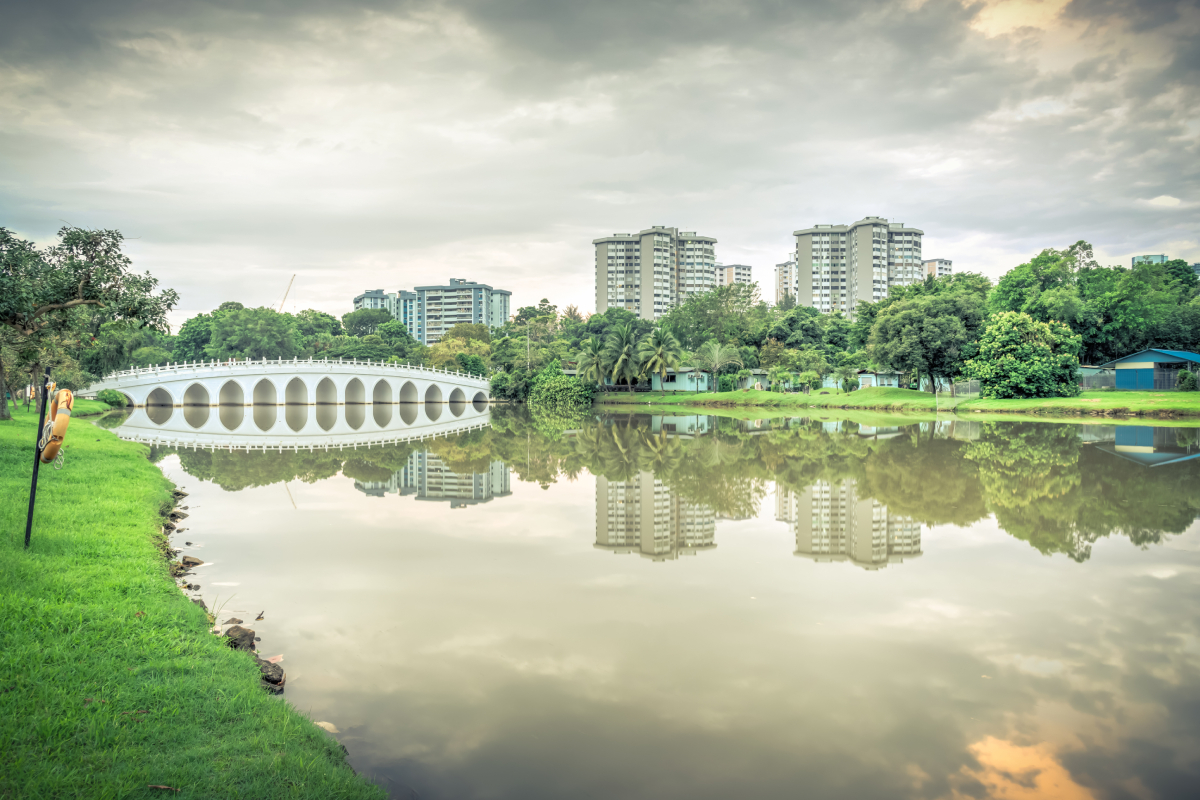Following the recent submission and closure of a joint bid in March this year, we will be seeing five major real estate players — CapitaLand Development, City Developments, Frasers Property, Mitsubishi Estate and Mitsui Fudosan (Asia) – joining hands to drive a singular visionary goal for Singapore.
That is to propel the development of the Jurong Lake District over the next two decades – bringing it one step closer to becoming the nation’s next largest business hub outside Central Singapore.
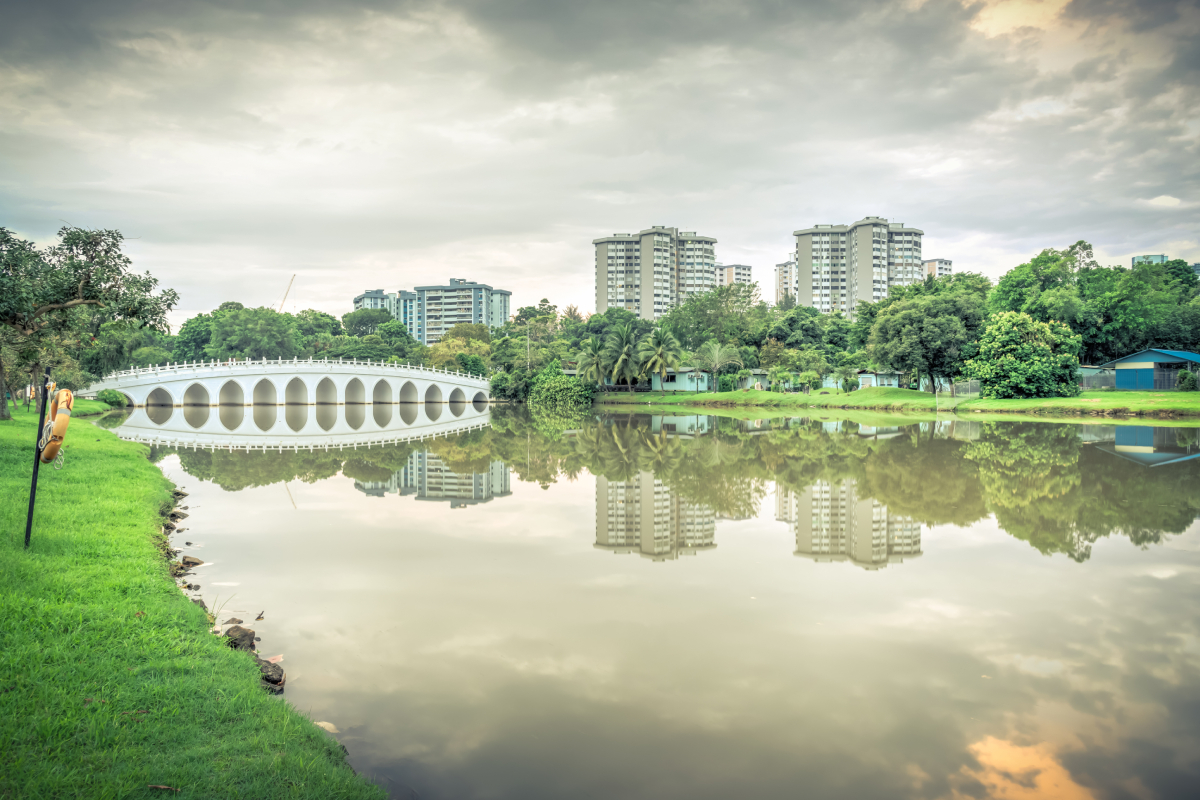
This undertaking is by no means an easy feat, but it is well within reach of a consortium whose members have played pivotal roles in shaping Singapore’s landscape amidst shifting demands.
Today, the evolving needs of businesses and consumers have translated into new requirements, whereby the prevalence of hybrid work, omnichannel retail and a focus on sustainability are expected to shape the JLD’s future as well as that of its properties.

Late last year, the market witnessed the successful launch of J’den – a mixed-use development in the heart of the Jurong Lake District. Buyers snapped up 88% of available units on launch day, with an average price of $2,451 per square foot (psf) thus setting an unprecedented benchmark for new launches in the West.
With this notch in its belt and status as a regional centre, perhaps Jurong could make the West side the best side – not unlike its counterpart in the East, Tampines.
Tampines’s emergence as a regional centre
Tracing all the way back to the early 1990’s, Tampines emergence as a regional centre first arose from the Government’s plans to decentralise economic activity, driving business and growth from the Central Business District (CBD) to other areas in Singapore.
This was primarily achieved by constructing homes, offices, transport networks and shopping malls – interspersed throughout Tampines to uplift its vibrancy as an urban hotspot for corporations and workers alike.

In the present day, Tampines is now a thriving town with no fewer than three shopping centres, namely Tampines Mall, Tampines 1, and Century Square. On the commercial front, Tampines is also within distance of key employment gateways, such as Tampines Regional Centre, Changi Business Park, and Changi Airport.
Furthermore, with the inclusion of Our Tampines Hub in 2017, an integrated community and lifestyle centre, Tampines is on the right track to becoming a compelling live-work-and-play destination in the East, transcending its former identity as a quiet commune in the 1980s.
Foretelling Jurong’s future through present-day Tampines
Keeping pace with Tampines’s transformation into a mature town, property prices in the neighbourhood have also grown across the years.
Over the last two decades, resale HDB prices have shown exponential growth, increasing by more than two-fold from an average price of $243 per square foot (PSF) in 2004 to $575 PSF in 1Q 2024. Similarly, non-landed private homes in Tampines more than tripled in price, growing from an average of $450 PSF in 2004 to $1,532 in 1Q 2024.
Chart 1: Average Home Prices in Tampines Versus OCR Non-Landed Home Prices
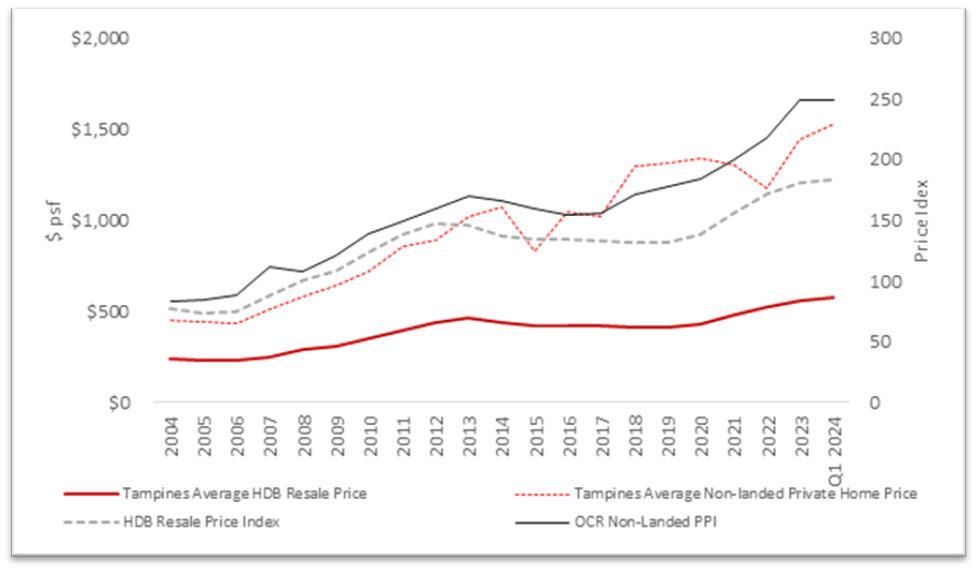
Additionally, the increase in resale HDB prices for Tampines has closely mirrored that of the national average, having risen by 32.4% since 2014 – a growth rate comparable to the 33.9% uptick exhibited by the HDB Resale Price Index.
The growth of private home prices in Tampines also outpaced that of non-landed properties in the Outside Central Region (OCR), with both respectively increasing by 240.4% and 198.7% since 2004.
Table 1: Growth in Property Prices since 2004

Accordingly, the sustained price growth and demand for Tampines homes can be attributed to a number of driving factors – which Jurong also shares:
1. Tampines and Jurong are close to key business clusters
For starters, Tampines is located in close proximity to prominent business and heavy industrial hubs, such as Changi Business Park and Tampines Industrial Park, which in turn function as the hub of operations for major businesses.
Big names that have chosen to plant their roots at these locations include:
- Hitachi High-Tech
- OCBC Bank
- Standard Chartered Bank
- Government agencies (Central Provident Fund Board, Housing and Development Board)
Additionally, Tampines is home to a wafer fab park that houses businesses specialising in semiconductor and electronic component production, such as Jabil Circuit and Hoya Electronics.
Brought in by the Economic Development Board, the entry of these firms has led to the creation of approximately 1,200 jobs as of 2023, with 1,000 of them located at Tampines Wafer Park alone.
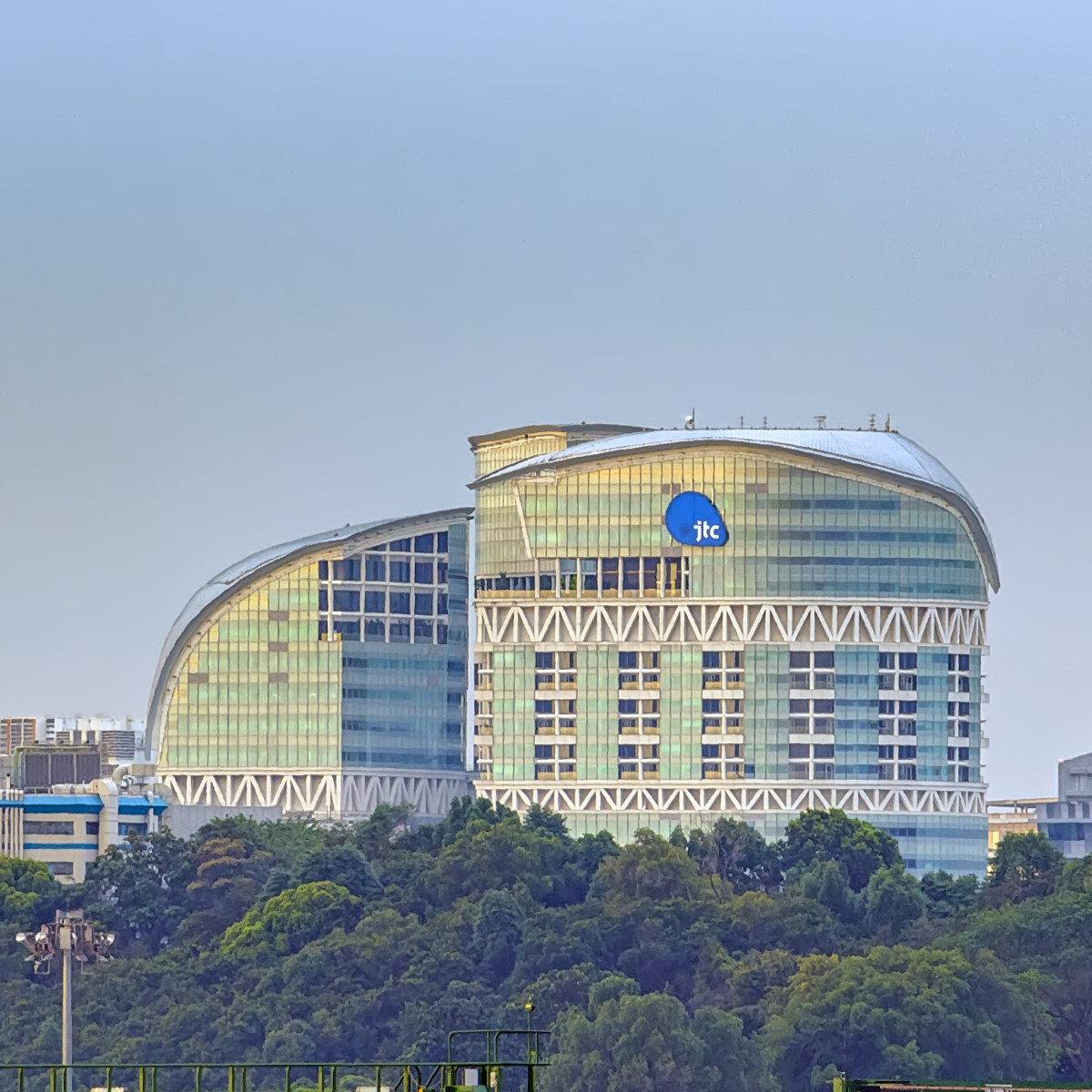
In comparison, Jurong is conveniently located between two of Singapore’s prominent business hubs, namely one-north and Tuas.
The former is home to major tech firms, like Grab, Google and Shopee, whereas the latter is where industrial companies, like Norwegian paint manufacturing business Jotun and American oil service company Haliburton, are located.
There is also the Tuas Biomedical Park in the vicinity. Alone, it accounts for nearly 7,000 jobs in Jurong, owing to the fact that it houses facilities for global pharmaceutical companies like Abbott Manufacturing, Pfizer Asia Pacific, and MSD International.
2. Tampines and Jurong both have reputable schools
Further contributing to housing demand in Tampines is the presence of reputable educational institutes, including Poi Ching School, Chongzheng Primary School, St. Hilda’s Primary School and Temasek Polytechnic – ideal options for young families interested in moving into the neighbourhood.
In the same vein, families with school-going children are likely to find Jurong attractive, thanks to learning institutions like Rulang Primary School, Westwood Primary School, and Jurong Primary School in the vicinity.
The West is also home to world-renowned tertiary institutions, such as Singapore Polytechnic, the National University of Singapore (NUS), and Nanyang Technological University (NTU).
3. Tampines and Jurong are amongst the biggest towns in Singapore
It is also worth noting that Tampines is the third largest township in Singapore, housing some 94,000 HDB flats and non-landed private homes; this is a critical mass of housing that translates into substantial transaction volumes, which in turn drives organic price growth.
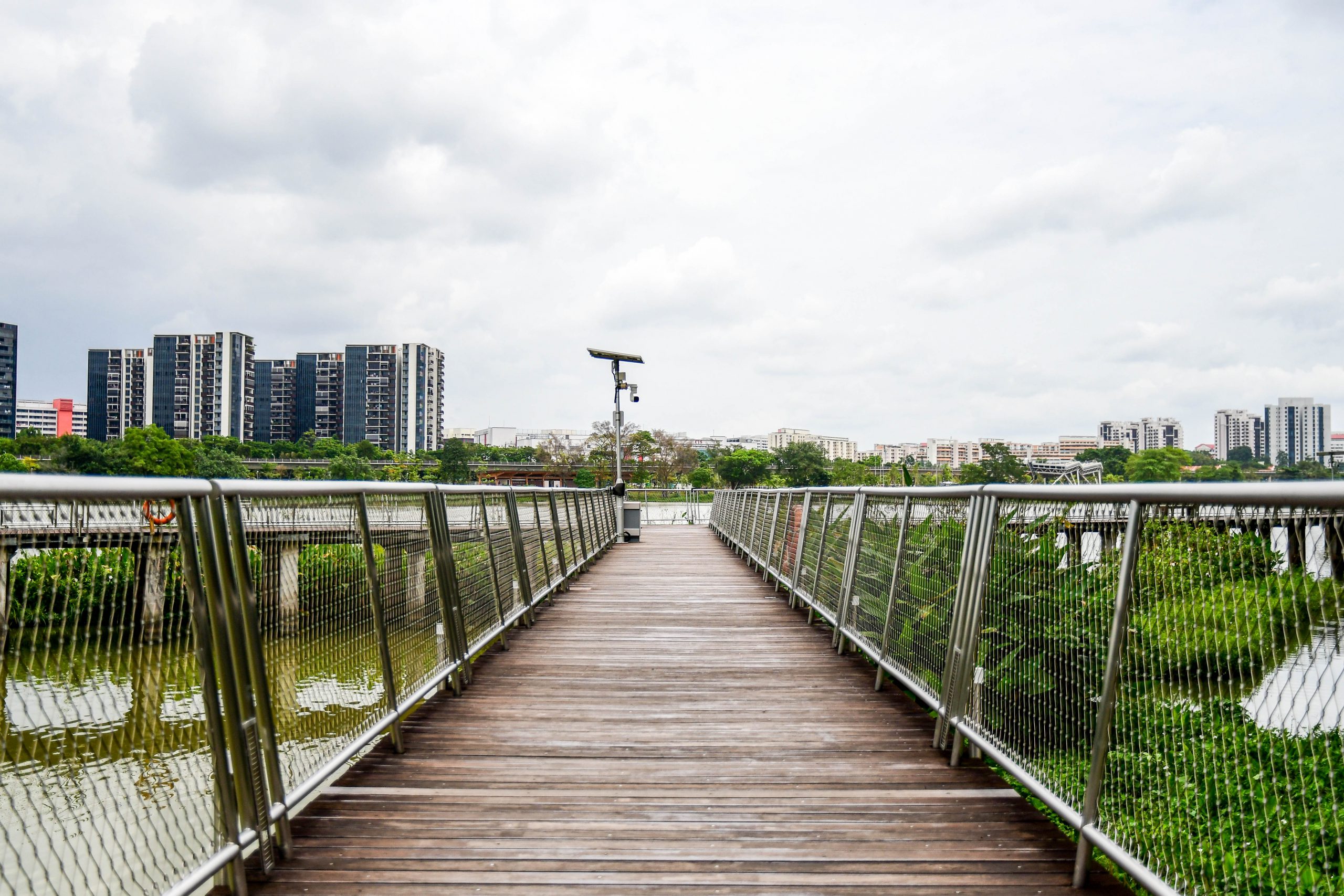 Likewise, Jurong houses over 110,000 HDB flats and non-landed homes; this too equates to a fairly significant population density and thus points to the likelihood of healthy transaction activity.
Likewise, Jurong houses over 110,000 HDB flats and non-landed homes; this too equates to a fairly significant population density and thus points to the likelihood of healthy transaction activity.
As for retail and entertainment options, Jurong offers a diverse selection of malls, including the popular Jurong Point, Westgate, JEM, and IMM.
So, will the future Jurong make the West side the best side?
Distance apart notwithstanding, both Tampines and Jurong clearly demonstrate how a combination of factors – proximity to key business hubs, job creation, credible schools, substantial populations, and perhaps most crucially, future plans for urban development (specifically those involving the Jurong Lake District) – can fuel the popularity of residential towns.
Hence, given the right qualities, it is possible for any prime location in Singapore, not just Jurong and Tampines, to showcase their region’s best side.
Disclaimer for consumers
This information is provided solely on a goodwill basis and does not relieve parties of their responsibility to verify the information from the relevant sources and/or seek appropriate advice from relevant professionals such as valuers, financial advisers, bankers and lawyers.
For avoidance of doubt, ERA Realty Network and its salespersons accept no responsibility for the accuracy, reliability and/or completeness of the information provided. Copyright in this publication is owned by ERA and this publication may not be reproduced or transmitted in any form or by any means, in whole or in part, without prior written approval.

